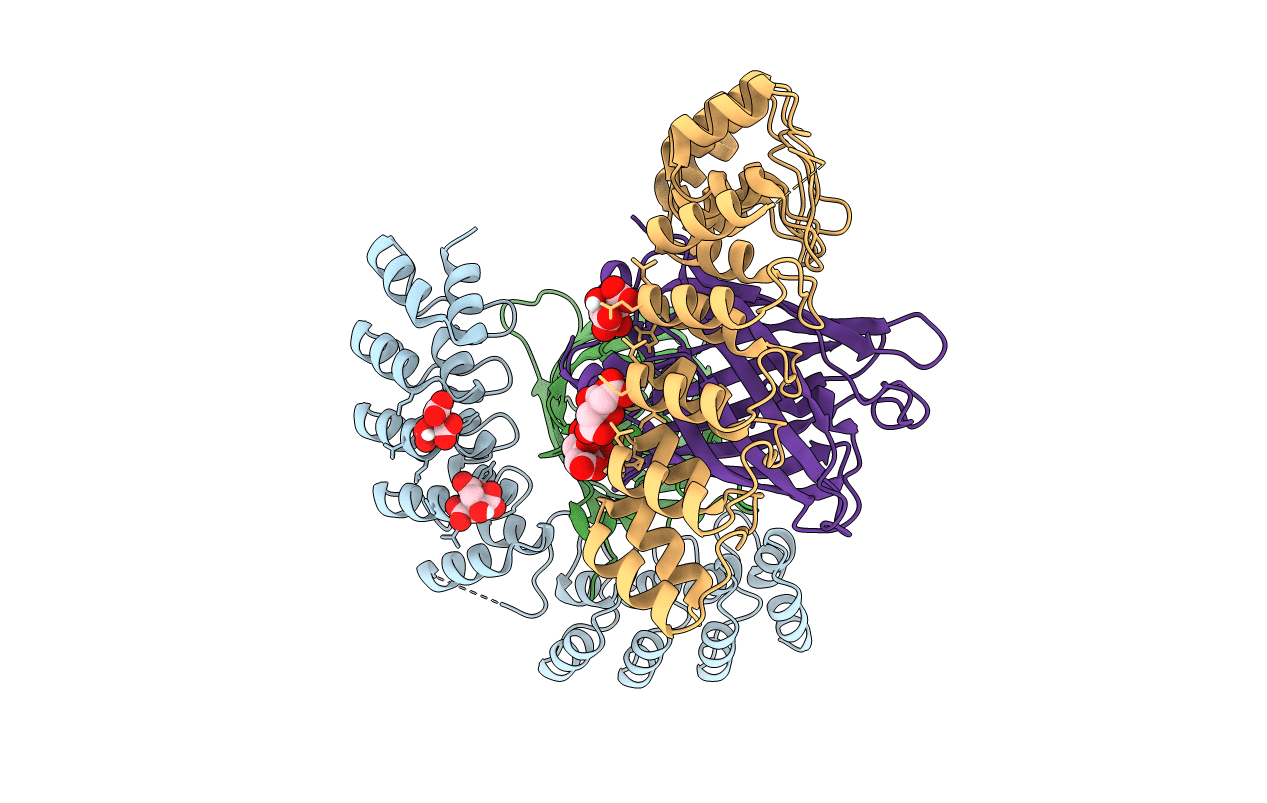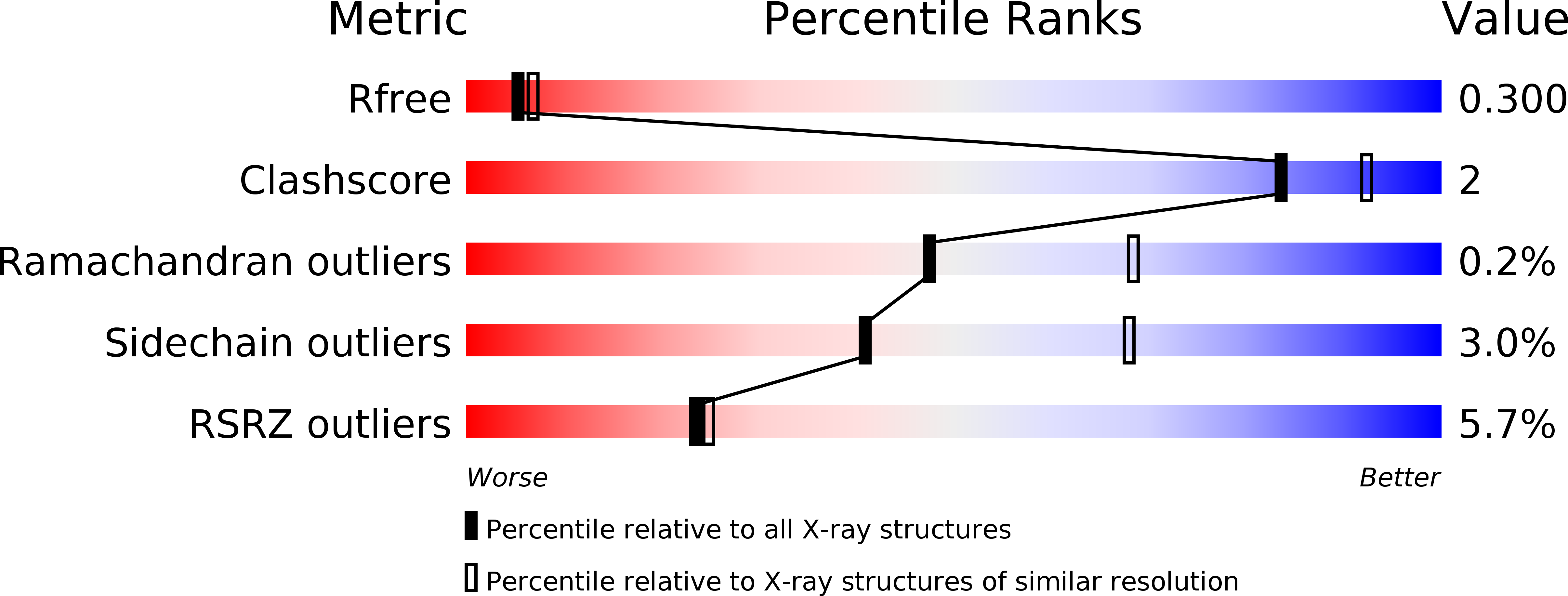
Deposition Date
2016-11-03
Release Date
2017-11-08
Last Version Date
2024-11-20
Entry Detail
Biological Source:
Source Organism:
Aequorea victoria (Taxon ID: 6100)
synthetic construct (Taxon ID: 32630)
synthetic construct (Taxon ID: 32630)
Host Organism:
Method Details:
Experimental Method:
Resolution:
2.50 Å
R-Value Free:
0.30
R-Value Work:
0.25
R-Value Observed:
0.25
Space Group:
P 1


